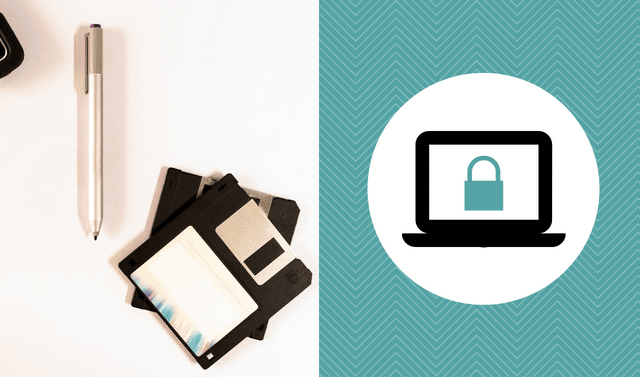Storing color prints and negatives in the freezer can dramatically slow their rates of deterioration. For cold storage in your home, you’ll need a frost-free freezer, airtight zipper-sea! storage bags made of polypropylene or polyethylene, acid- and lignin-free boxes, and cotton gloves for handling the images. The bags, boxes and gloves are available from most archival suppliers. Or you can buy a ready-made freezer kit (sans freezer) from Metal Edge <www.metaledgeinc.com> for about $70.
- Purchase a small frost-free freezer that can maintain a low humidity level and a temperature of zero degrees Fahrenheit. Don’t use the freezer in which you keep your food. Opening the freezer on a regular basis could change the storage environment and cause condensation on the images stored inside.
- To protect prints and negatives from temperature and humidity fluctuations, double-wrap them in freezer bags, and then place them in boxes.
- When it’s time to remove your photos or negatives from cold storage, follow these recommendations from the National Archives and Records Administration:
? Place the materials in an area away from direct heat, so they can warm up gradually.
? Don’t remove the photographs from their storage bags until they’ve reached room temperature.
? Before opening the storage bags, wipe the outside clean of any moisture that’s formed.
From the May 2004 Preserve Your Family History




